I have a similar question to the one here How to create automatic dual battery changeover/switching circuit for uninterruptible power?, but would prefer to use a mechanical switch (eg a rocker switch).
The setup is this: I have two 12V batteries that are hooked up with a SPDT switch to a circuit that provides power to a bunch of devices that cannot lose power (combined, they draw up to 10A). In order to prevent them from losing power, I am wondering if anyone knows the rough time delay for a mechanical switch to change states? Should I add a capacitor in here somewhere, somehow?
Here is a rough circuit diagram of the situation. Your help is appreciated!

